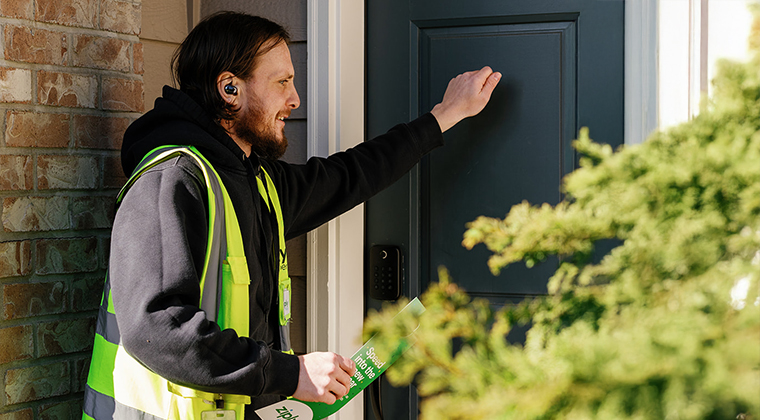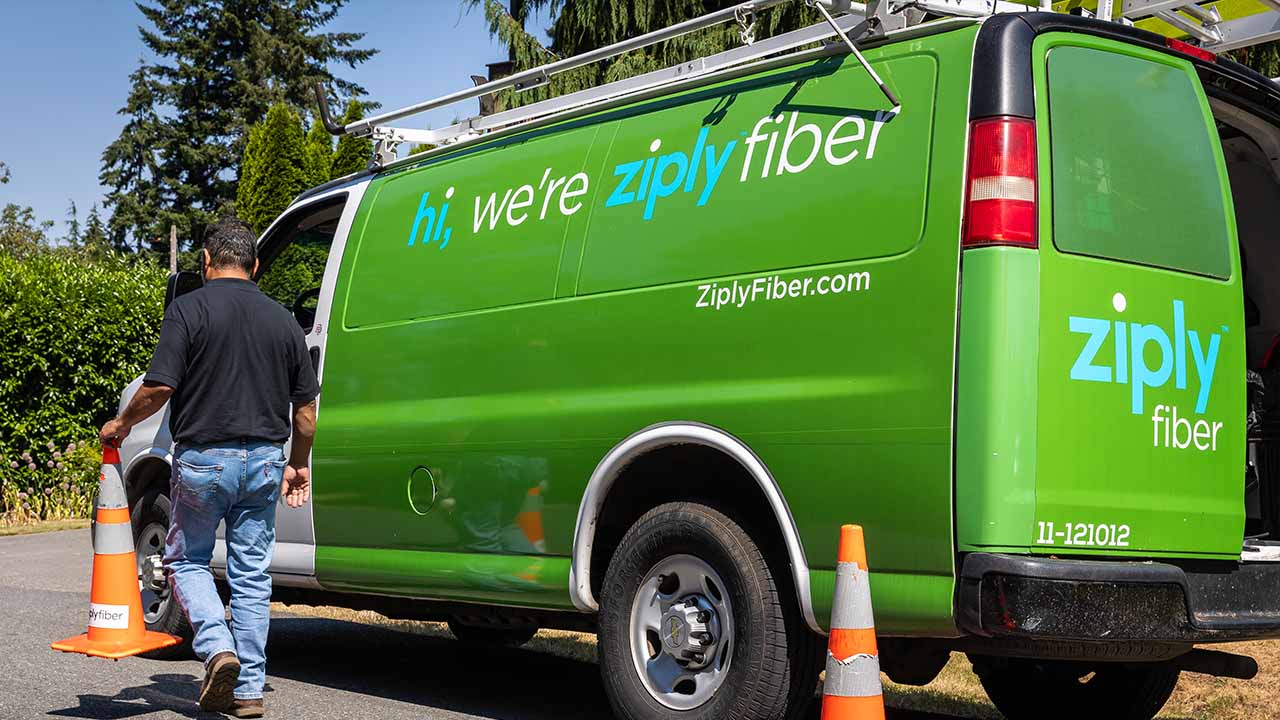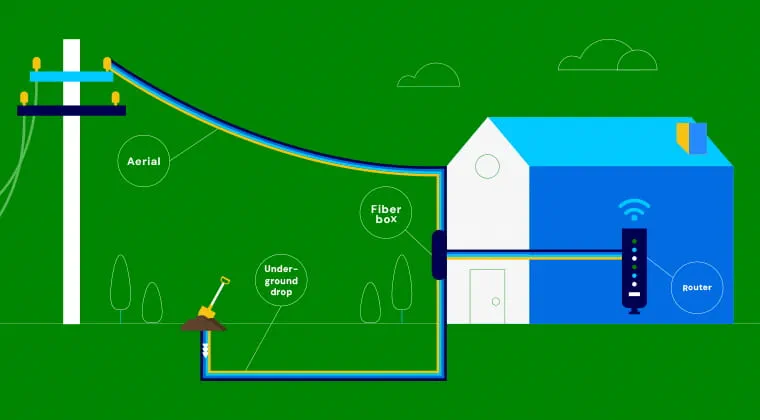Sign up Today 1.866.699.4759 or Order Online

Check your address to sign up.
We are expanding our fiber-optic internet service across Washington, Oregon, Idaho and Montana. Keep an eye out for ambassadors, doorhangers and letters with details about high speed internet price plans and availability.
Before construction begins, our ambassadors may visit your home to explain the benefits of fiber and help you get ready. As the build gets closer, you will see signs, utility markings and Ziply Fiber trucks in your community, a clear signal that fast, reliable fiber internet is almost here.


Ziply Fiber is constantly expanding its fiber network to bring lightning-fast internet to more communities. Our state-of-the-art fiber-optic network delivers speeds of up to 50 Gigs to your home, providing seamless connectivity to both homes and businesses.
The timeline for neighborhood-wide deployment varies based on project complexity. In general, it can take several months to over a year to complete all phases of construction.
Once fiber service becomes available in your area and you sign up, a technician will:

Get reliable super-fast fiber internet for apartments, condos, multi-family and multi-dwelling units (MDU).
If we’re installing Ziply Fiber near, but not in your neighborhood, there may be a way you can bring internet to your door a little faster.
We’re partnering with public organizations to bring broadband fiber internet to new areas as quickly as possible.
Shortly before construction begins, our ambassadors will stop by homes to introduce Ziply Fiber and answer questions. A couple of days before beginning, construction crews will place more door hangers to let you know that Ziply Fiber’s network will be in the area soon.
As construction wraps up, Ziply Fiber will notify residents through mailers about when fiber internet will be available. Sales representatives may also go door to door to assist with signup.
To stay up to date about construction activities near you with email updates, complete the web form above.
Sometimes delays occur with fiber construction projects. To receive updates on fast fiber internet, please fill out the form above.
The benefits of fiber internet may include higher property values, increased business growth and improved public services.
Fiber internet offers incredible advantages, but deploying it universally remains a challenge due to various factors, like permitting, density, regional priorities, funding and construction obstacles (such as difficult terrain).
Building a fiber network requires significant infrastructure investments, including underground cabling, network hubs and connection points. These projects can be time-intensive and costly, especially in areas with aging or limited existing infrastructure.
Certain geographical features, like mountains, dense forests or water bodies, can complicate the construction process. For example, laying cables under rocky terrain or across rivers often requires specialized techniques and higher costs.
ISPs look at factors such as community demand, potential revenue, existing infrastructure and government incentives to determine where to expand their networks. Demonstrated interest from residents and local governments often plays a key role in these decisions. Learn more here.
Federal and state programs, such as the FCC’s Rural Digital Opportunity Fund (RDOF), offer grants to help bring fiber internet to underserved areas. Public-private partnerships and local initiatives can also play a critical role in funding fiber growth projects.
Communities that want to bring fiber-optic internet to their area can try to build demand and work with local leaders. Encouraging neighbors to express interest in fiber internet can demonstrate strong local demand, and partnering with city officials to apply for grants and collaborate with ISPs can make fiber deployment feasible.

Experience more reliable video calls, game and stream with minimal lag, and do more with speeds 25x faster than cable internet* with Fiber Gig.
*Upload comparison based on Ziply Fiber Gig plan to major cable providers’ 1 Gig or 1.2 Gig cable service with upload speeds of 35 Mbps.
Fiber internet is built with more capacity than cable internet which means more bandwidth, and no throttling even during peak times.

Only fiber networks offer multi-gigabit, symmetrical speeds — meaning your upload speed matches your download.